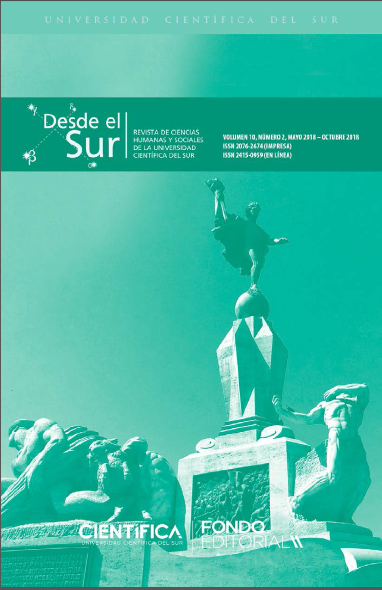Transformation of Shangai at the beginning of the New China. Observations from two sino-soviet coproductions
La transformación de Shanghái al inicio de la nueva China: observaciones de dos coproducciones sino-soviéticas
DOI:
https://doi.org/10.21142/DES-1002-2018-363-376Palavras-chave:
Documentary film, Shanghai citizen, new China, national identityResumo
Since the Second Opium War, Shanghai was designated as a trading port, and because of its coastal location, the city became an isolated island. Its different from the backwardness
of China’s semi-colonial and semi-feudal society. Shanghai’s «capitalization» is more serious, and social culture is very special. It is a difficult point for a new regime to be
supported in the early days of the founding of the People’s Republic of China. This article examines the publicity screenings of the two documentaries in 1950, «The Victory of the Chinese People» (中国人民的胜利) and «The Liberated China» (解放了的中 国), and analyzes how the two Sino-Soviet documentaries have attracted widespread attention. How did the new regime deploy the film industry’s work, talks about the direction of the «film maker» and the «imager» identification mechanism, from the expression of the phenomenon-level viewing to explore Shanghai people’s political identity facing the new China.
Downloads
Downloads
Publicado
Edição
Seção
Licença

Esta obra está bajo una licencia http://creativecommons.org/licenses/by-nc-sa/4.0/



















